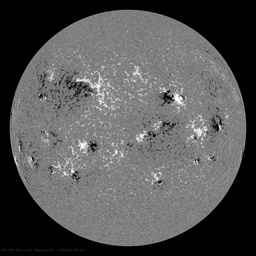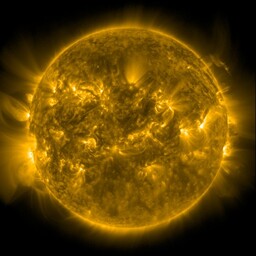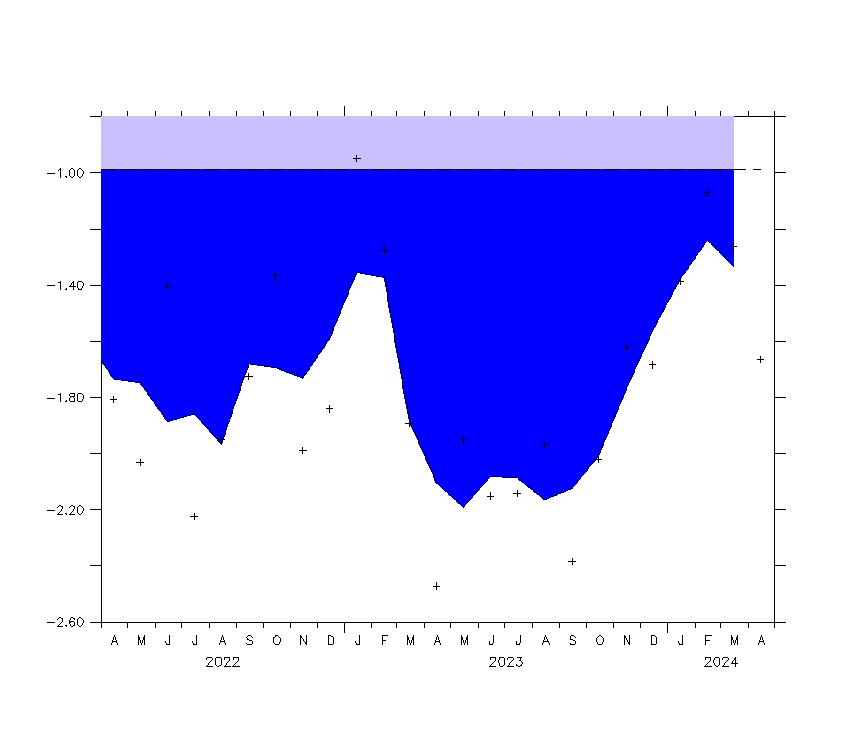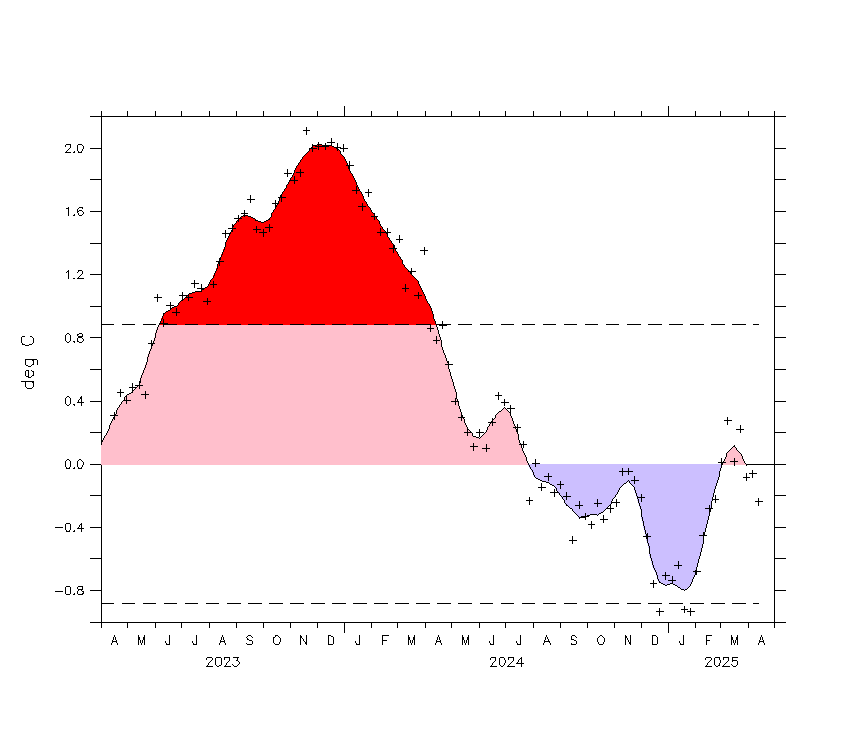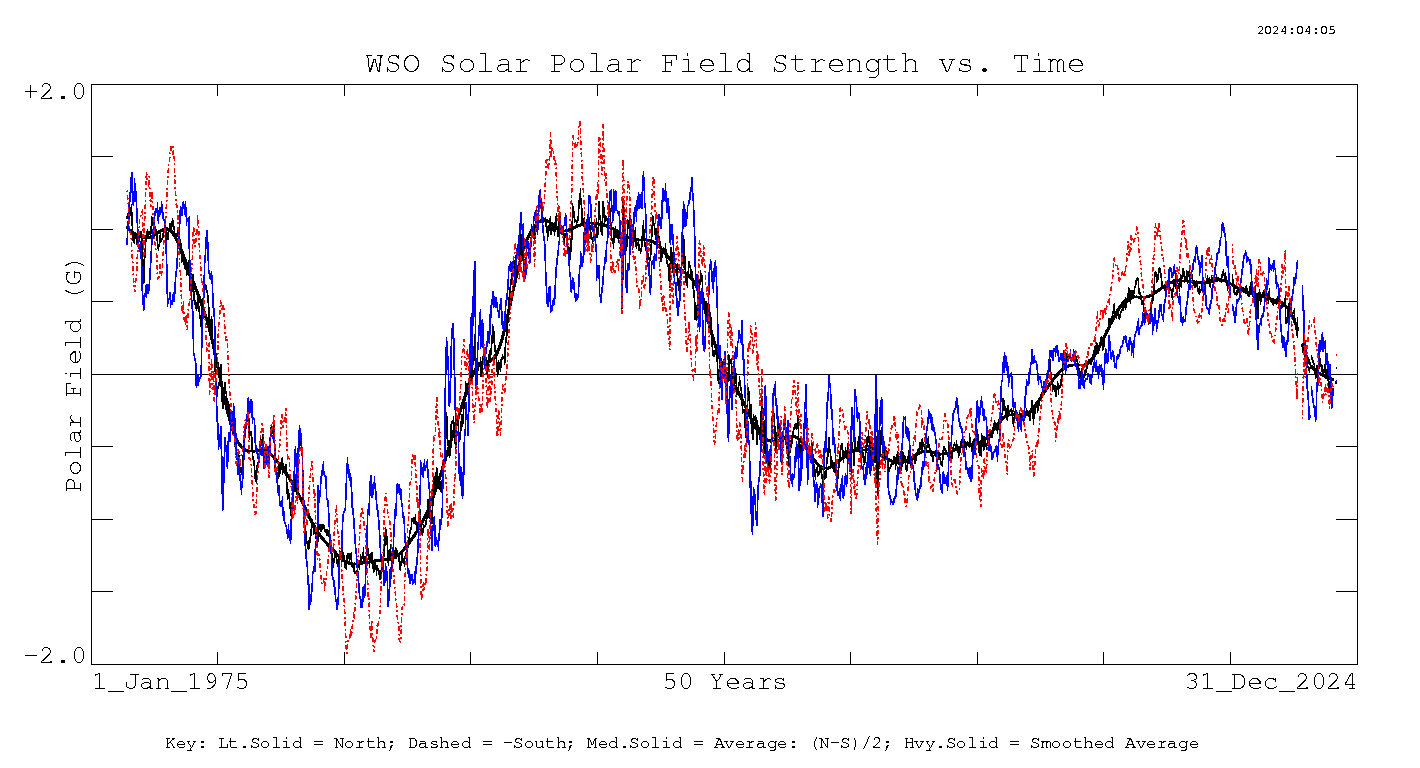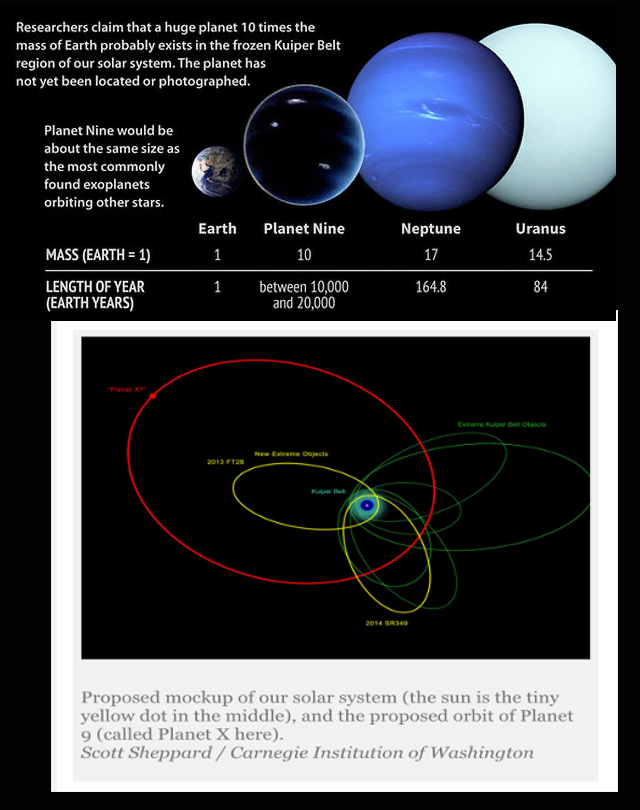
Planet 9 has been all over the media in recent years with many scientists and journalists spending enormous amounts of energy, money and time on the project. Countless hours and dollars have also been expended searching for the proposed planet, that so far has been elusive. Planet 9 has been one of the biggest stories in Astronomy for several years, but could all this time and energy been saved, had the experts simply looked at the JPL Horizons database?
JPL Horizons shows us that Planet 9 cannot exist.
Back in 2016 there was a story on Planet 9 at Tallblokes blog where I questioned the viability of such a planet.

There was no interest in my comment at the time and the issue went quiet, but the topic has risen again and I recently raised the issue with a couple of high profile Australian Astronomers. The answers received were not particularly clear, so I forged on, but more on that later.
The NASA JPL Horizons database holds the positions of the known Solar System objects with very high accuracy, this accuracy is tested daily by observations. I have used this database for my research over the past 10 years, with a paper published based on this data, that is still standing strong. JPL tells us where the Sun is positioned in relation to the gravitational centre of the solar system or the Solar System Barycentre (SSB). An example of how the Sun orbits the SSB is shown below.
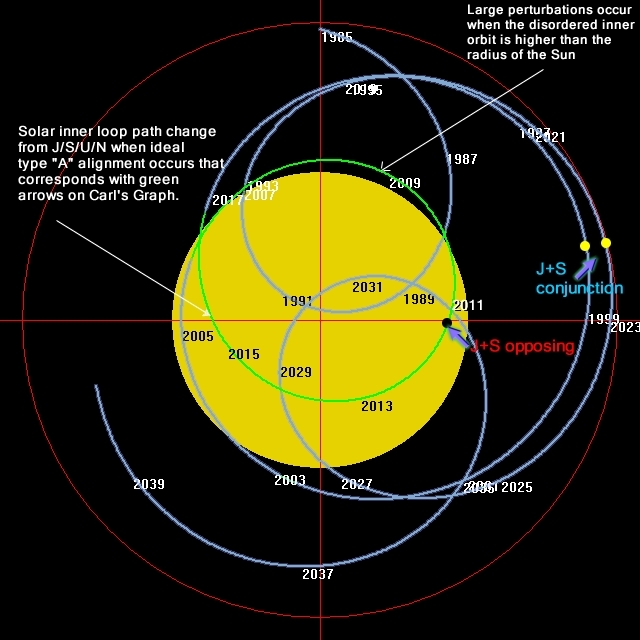
The red crosshairs in the centre is the SSB and the yellow circle is a representation of the Sun’s dimensions, but the centre of the Sun is actually tracking on the spiral path shown. All orbiting bodies orbit around their combined centre of mass, with the Sun primarily balancing between Jupiter, Saturn, Uranus and Neptune. As the 4 outer planets change position so does the Sun to maintain this balance. Below the individual planet percentages in respect to how much they contribute to pushing the Sun away from the SSB is detailed:
Jupiter: 49.16%
Saturn: 27.06%
Uranus: 8.31%
Neptune: 15.41%
Total: 99.94%
When all the outer 4 planets are lined up on one side of the Sun the total displacement or distance the Sun is from the SSB is around 0.01AU or about 1.5 million kilometers. Remember this figure as it is the key to why Planet 9 cannot exist.
During my initial research I was involved in a project that calculated total Solar Angular Momentum along with the Angular Momentum (AM) of the eight planets plus Pluto. AM is related to the solar distance from the SSB and is also linked intrinsically to the amount of planet AM, in theory Solar AM should be in lock step with Planet AM. Below is a graph of Solar AM vs Planet AM.

Click on the image for a full sized view.
As can be seen the Solar AM is being tracked perfectly by the Planet AM, the system is in balance, the JPL data is further validated. All the planets are accounted for and there is no room left for Planet 9!
Planet 9 is theoretically suggested to have a mass of around 10 Earths and is orbiting the Sun at around an average distance of 250 AU (250 x Earth-Sun distance). When it comes to Solar displacement from the SSB, mass and distance of an orbiting body rules, with distance in particular having a huge effect if the mass is substantial. The AM of a potential Planet 9 would be massive.
Mike E Brown from Caltech is one of the initial Astronomers that proposed the existence of Planet 9, and I was fortunate to chat with him on twitter re my JPL conundrum. When discussing the possible AM of Planet 9 he was of the opinion it would be as large as the combined planetary AM of the existing 8 planets...Planet 9 AM is indeed massive and not surprising considering the mass and distance involved. But now we have a huge problem as the JPL data shows no sign of the solar path changes that would HAVE to occur if Planet 9 existed. In fact the Sun would have to move out another 0.01AU to accommodate Planet 9, this is clearly not shown in the JPL data. The Sun is not wobbling enough.
Using the standard barycentre (2 body problem) formula I calculated the Sun/Planet 9 barycentre to be 1.1 million kilometres from the Solar centre, and if correct this value would be close to 0.01AU (Earth mass x10, 250AU distance). Some estimates put Planet 9 at 1200AU at Aphelion, this of course pushes the Sun much further away from the SSB again.
So the only way Planet 9 could exist is if the JPL database is incorrect, so incorrect it would need to be thrown out (at least the Sun/SSB relationship). Recently Zharkova has challenged the validity of JPL, and now we have a large portion of the Astronomical society doing the same.
Planet hunters of distant Solar Systems calculate the expected Planetary Mass orbiting a Star by observing the amount of “Star wobble” measured. It would seem in our own Solar System we have skipped this step, assuming that we can measure the Sun/SSB relationship?
I have started a conversation on pubpeer.com re the intitail Brown & Batygin paper.


